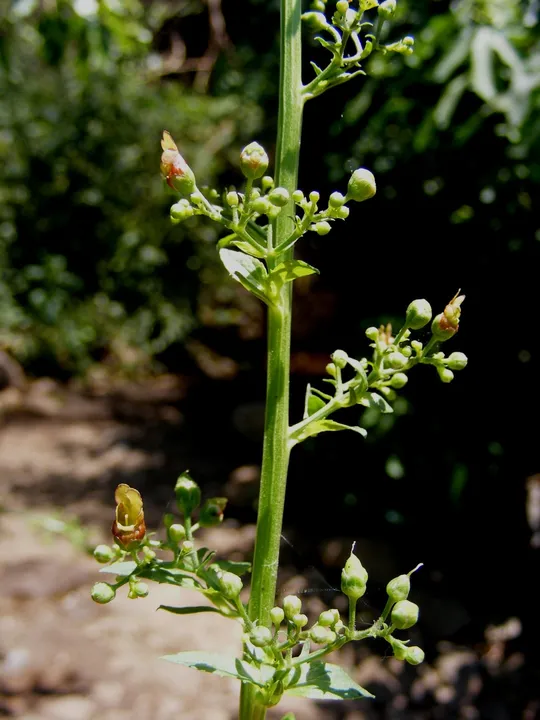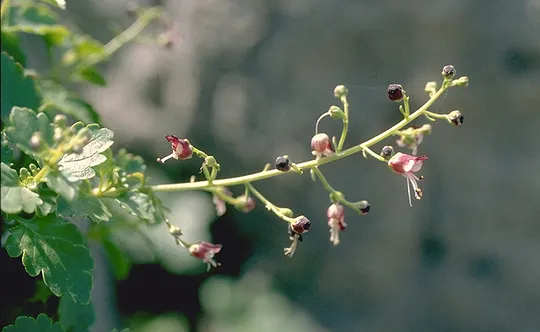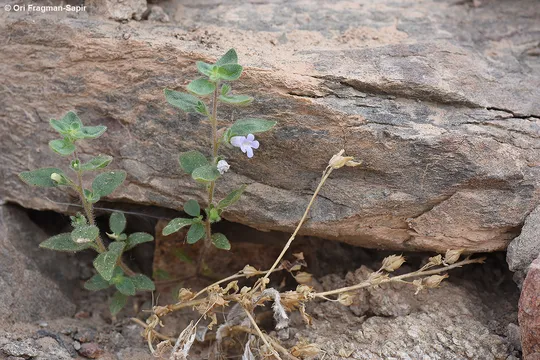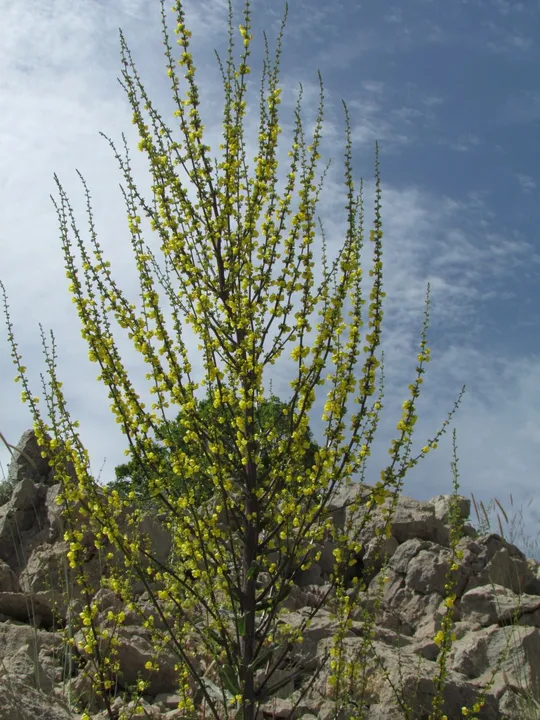Jericho Figwort
Scrophularia hierochuntina
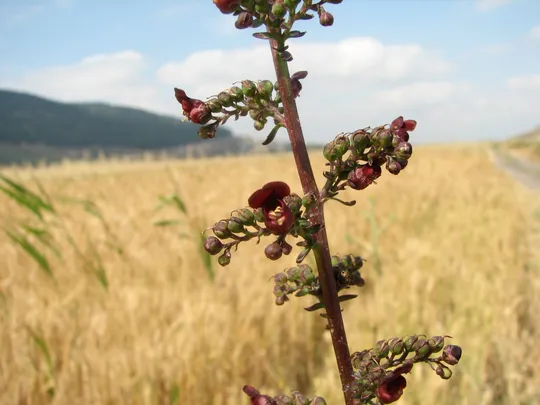
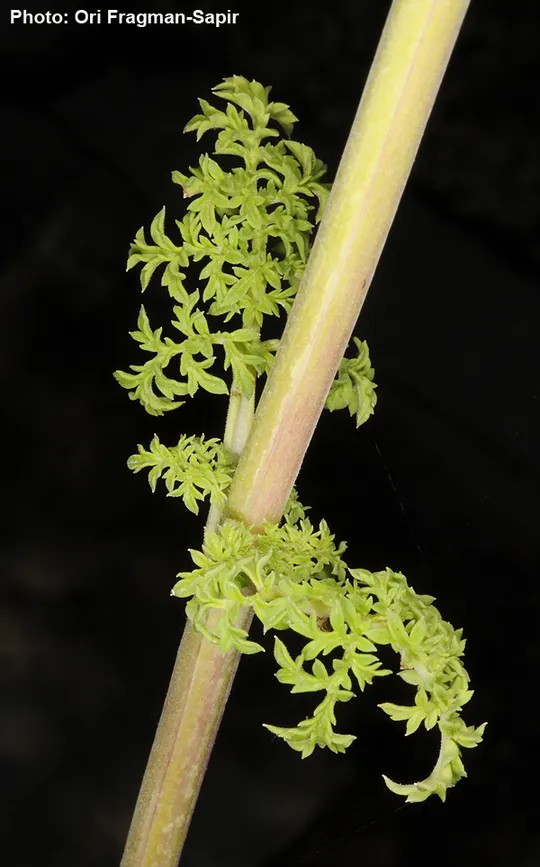
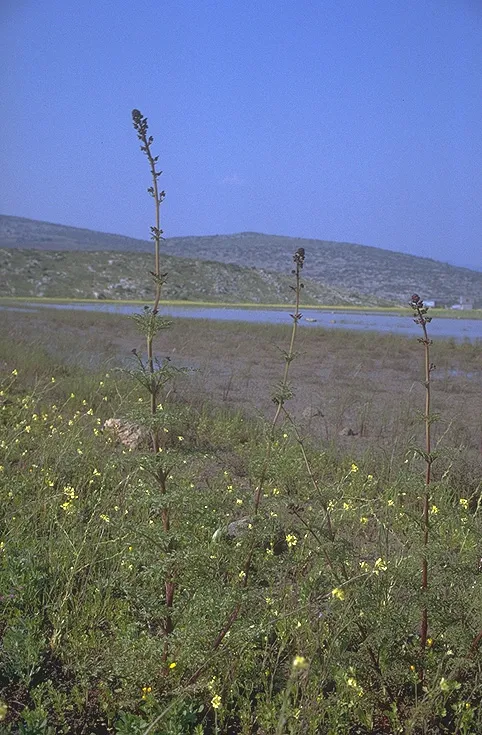
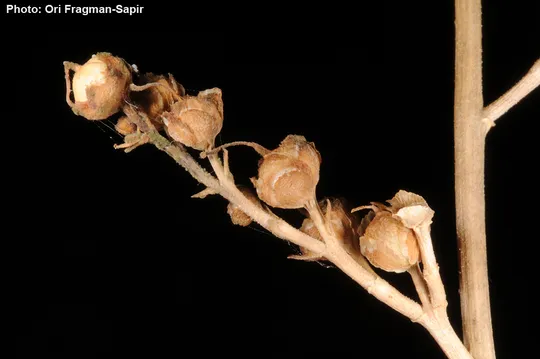
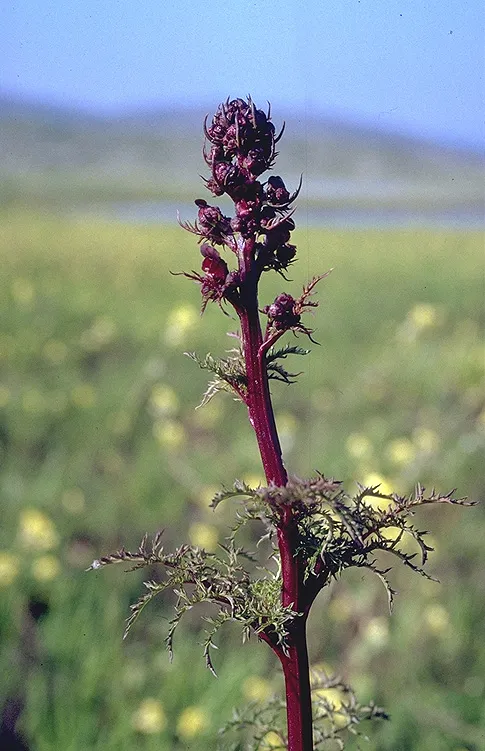
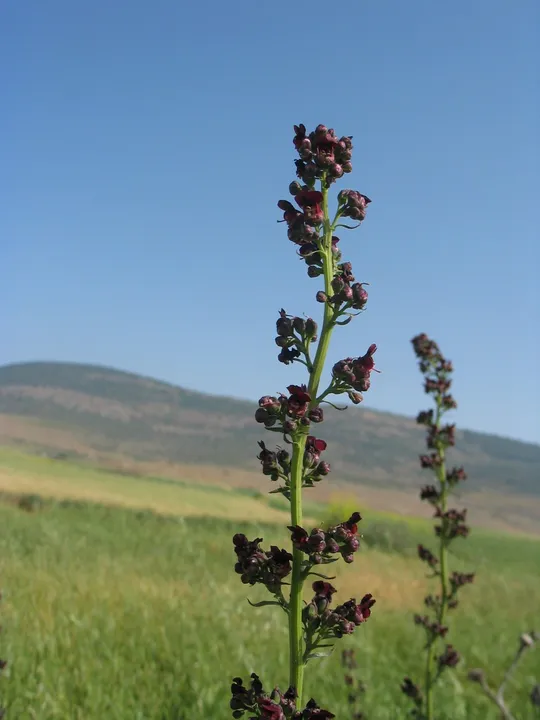
Scrophularia
hierochuntina now grows in four regions in Israel. Most of the sites
are located in the Lower Galilee and the Jezreel Valley. In the Lower Galilee, it
is found throughout the entire Bet Netofa Valley, in a 23-site section, and
beyond that in the areas of Mount Tabor, Tur’an Valley, Kokhav HaYarden and
more. S. hierochuntina is found in the Jezreel Valley from Afula to Tel
Megido and in the area of Tel Adashim and Kiryat Haroshet. In the Golan, the
plant is known only from Ramat Magshimim. In Philistean
Plain Shir Vered found
it for the first time in Wadi Timna in 1999. S. hierochuntina is mentioned
in the literature from the Upper Galilee, however, we found that the
information is based on a herbarium collection from Kfar Rame, and we believe that
the plant was collected on the heavy soils at the edge of the Bet HaKerem
Valley in the Lower Galilee, below Rame. In the Sharon and Pleshet the plant
was collected from nine sites between the 1920s and the 1950s, but has not been
found there since. In the Judean Mountains, it was collected once in Kiryat Anavim
in 1935, but there too it has not been found again. In total, there are records
from 61 sites in Israel, but there is concern that during the past 15 years,
the plant has disappeared from some of these sites and now there are only circa
40 sites in the country.
Traditionally
cultivated agricultural fields, fallow fields, and herbaceous vegetation.
The genus Scrophularia
includes more than 200 species found in Europe, North Africa and Western Asia. A
few species grow in the American continents. Most of the species are herbaceous
perennials and dwarf shrubs, and the minority are annuals. Quite a few species
are biennials. In almost all the species, the
lower leaves at least are opposite and often the upper ones are alternate. The
flowers are organized in small groups in the leaf axil or in bracts. The
flowers are protogynous – the stigma (female) matures before the stamens (male). The flowers are
brownish-purple in many species, greenish or even yellow. The flower has four drooping
stamens and an upper stamen that has become a scale, termed a staminode. Its fruit
is a rounded capsule containing many ovate or elongated seeds.
The lifespan of
many species, including S. hierochuntina has not been studied. It is
unclear whether most of the plants that we see in the field are annual or two-three
years old, whether they are monocarpic – i.e. they
bloom once in their lifetime and die after flowering. If so, they may possibly live
as a rosette for more than two-three years.
•
The number of
regions in which Scrophularia hierochuntina grows in Israel has declined
from eight to four.
•
The number of
sites is on a declining trend, in the regions in which the plant still survives
as well.
•
The number of plants
in the population at the various sites typically ranges between a few dozen and
hundreds, with a sparse distribution pattern.
•
Conversion of
deep soils to intensive cultivation and the drainage of areas flooded in winter
are the main threat to the continued existence of S. hierochuntina populations.
•
The majority of
sites in Israel are not found in nature reserves.
•
The danger to S.
hierochuntina in Israel is a global threat, as the species is sub-endemic
and grows only in Israel, Lebanon and Syria.
A number of sites with deep heavy soils in parts of the
Bet Netofa Valley and in the area in the Ksulot Valley and Tel Adashim should
be demarcated and their Scrophularia hierochuntina a populations should
be monitored.
Southern Syria,
Lebanon and Israel.
Scrophularia
hierochuntina is a
biennial plant of deep heavy
soils that grows mainly in the Lower Galilee valleys, the Jezreel Valley and
the Golan. It is a sub-endemic species that grows only in Israel, Lebanon and
Syria. The number of regions and sites is on a decreasing trend. The main
threat is the conversion of heavy and deep soil to intensive agriculture and to
other human uses.
Current Occupancy Map
| 1000 squre meter pixel | 5000 squre meter pixel | 10000 squre meter pixel | |
|---|---|---|---|
| number of observations | 0 | 0 | 0 |
| in total pixels | 0 | 0 | 0 |
| Family | Scrophulariaceae |
| Classification | On the endangered species list |
| Ecosystem | Mediterranean |
| Chorotype | Eastern Mediterranean |
| Conservation Site | Bet Netofa Valley |
| Rarity |
1
1
6
|
|---|---|
| Vulnerability |
0
3
4
|
| Attractiveness |
0
0
4
|
| Endemism |
0
3
4
|
| Red number |
1
4.2
10
|
| Peripherality | N |
| IUCN category | DD EW EX LC CR EN VU NT |
| Threat Definition according to the red book | Endangered |
 Based on:
Based on:
